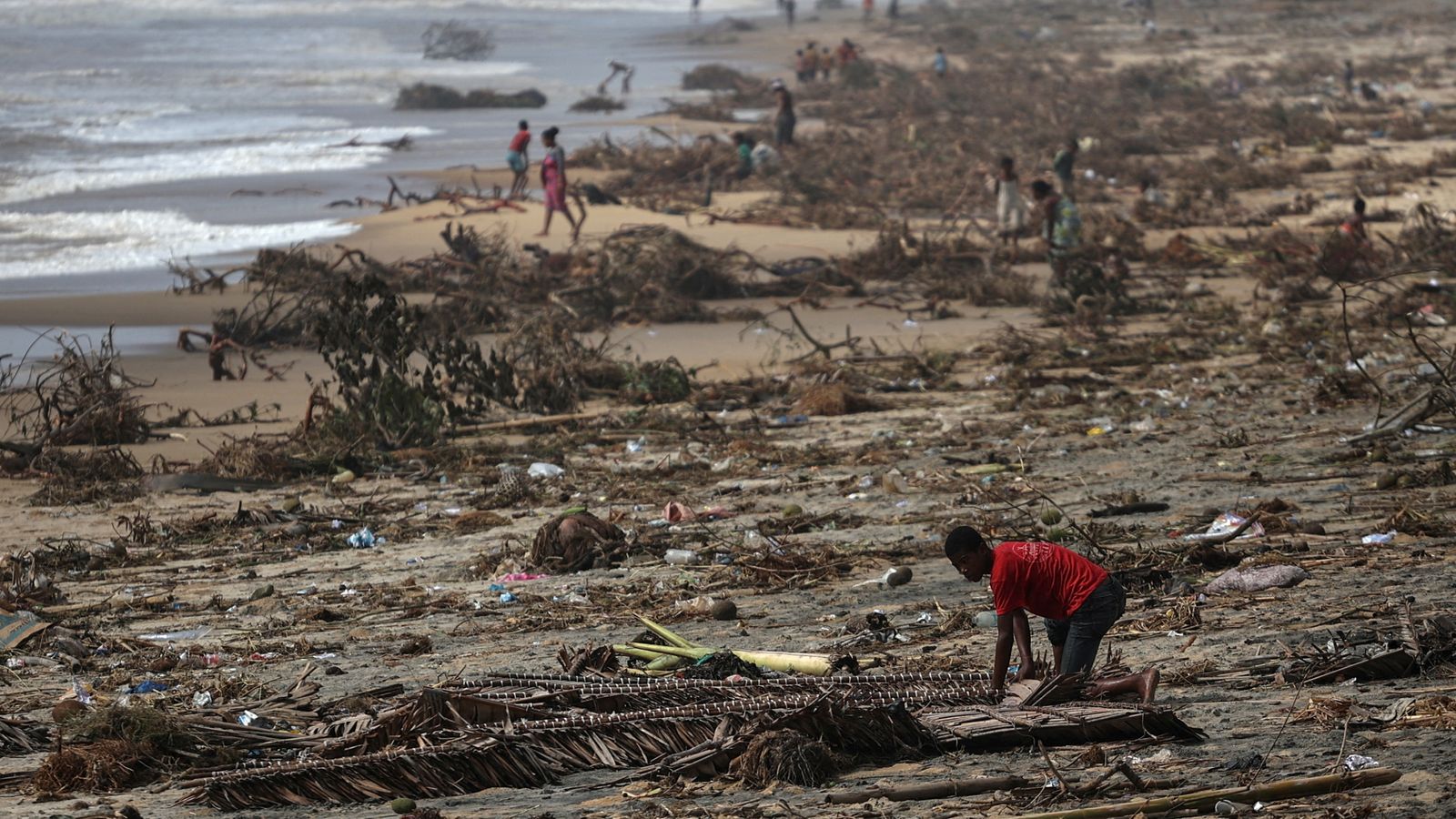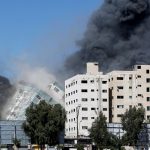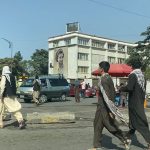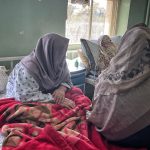More than 90 people have died – and there are fears the death toll could rise – after a cyclone battered Madagascar.
Over 90,000 residents were left with damaged or destroyed homes after the storm hit the island’s southeastern coast on Saturday.
Initially, 29 people were reported to have died but now a local MP has confirmed that figure is around 96, with fears mounting that the total could increase further.
Writing on Facebook, Jean Brunelle Razafintsiandraofa said: “There are also many victims today who have lost property and only have clothes on their skin. No food and no storage to use, no shelter.
“The district is now completely isolated and flooded and the people are working hard.
“There has been a water leakage that has been made but is not enough in the face of the major damage to the district.”
Madagascan minister ‘swims for 12 hours’ after rescue helicopter crashes, as at least 64 die in cargo ship sinking
Poverty fuelled by climate change is driving deforestation and poaching – putting Madagascar’s endemic wildlife at risk
Climate change: In dark, dangerous mines, men risk their lives for riches – and add to an environmental nightmare
“There is still a doubt that the death toll will increase. Many houses were demolished and this destruction has led to death for the residents of Ikongo,” he added.
He also called on people to “unite and help each other in this difficult time”.
Second cyclone to hit in two weeks
Cyclone Batsirai was the second destructive storm to hit Madagascar in less than a month, with Cyclone Ana killing 55 people in an area of the country further north just two weeks ago.
In Mananjary, one of the worst affected towns, entire neighbourhoods were flattened with one resident saying he and his family were now staying in a school.
“Our TV, my CD player, all of our clothing, all the kitchenware, everything is gone,” said 49-year-old Philibert Jean-Claude Razananoro.
“We plan to build a small shack just here but we don’t really have the means to do it.”
A local doctor, Dr Malek Danish Andrianarison, explained he was forced to turn away a man with an injured leg due to a lack of medicines or clean bandages to treat him.
The island nation, which has a population of nearly 30 million, has already been struggling with food shortages as a consequence of a severe drought.
But the World Food Programme has said the situation has worsened as the extreme weather event destroyed many more crops.
Head of supply chain for Madagascar at the World Food Programme, Lisa Mara Lang, said humanitarian agencies were working alongside authorities to assess the extent of the damage and the needs of the population.
She said it would likely take several days for a fuller picture to emerge.






















